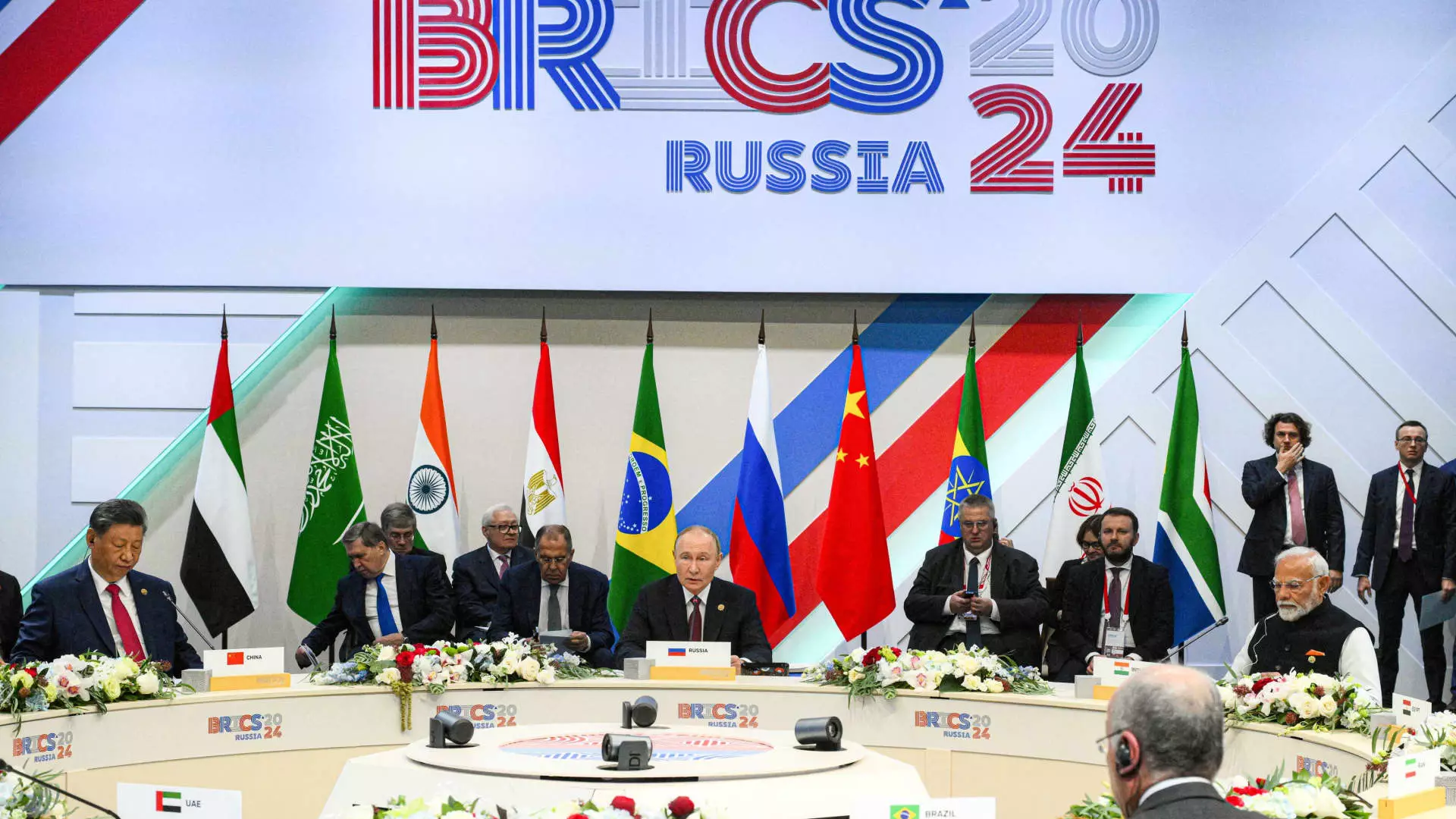In a provocative move, President-elect Donald Trump issued a stark warning to a coalition of nine nations, primarily from the BRIC alliance—Brazil, Russia, India, China, and South Africa, among others. He indicated the likelihood of imposing steep 100% tariffs on these countries if they made attempts to undermine the supremacy of the U.S. dollar. Historically, the U.S. dollar has enjoyed unrivaled status as the world’s primary currency, accounting for approximately 58% of global foreign exchange reserves per International Monetary Fund (IMF) data. However, recent geopolitical shifts and the growing economic influence of BRIC nations are igniting concerns about the dollar’s sustained hegemony.
As BRIC nations exhibit an increasing share of global GDP, their ambitions extend beyond mere cooperation; they are now actively seeking to establish alternative economic frameworks, including non-dollar currency trading mechanisms. Trump’s escalation of the tariff rhetoric reflects a defensive posture aimed at maintaining dominance over global financial systems, foreshadowing potential trade confrontations.
The response from BRIC leaders, especially Russian President Vladimir Putin, underscores a shared conviction of frustration towards U.S. financial dominance. At a recent summit, Putin accused the United States of “weaponizing” the dollar, essentially utilizing its unparalleled status as a lever for political maneuvering. His remarks imply that if the United States perpetuates its strict controls, these nations will be compelled to search for viable alternatives. The suggestion of developing a new currency or payment system signals a seismic shift in international trading practices, which could fundamentally alter market dynamics.
Moreover, Trump’s categorical assertion that BRIC will not succeed in dethroning the U.S. dollar overlooks the palpable discontent expressed by these nations. This discontent is not mere rhetoric; it’s a potent push for independence from U.S. financial influence and control, compelling some analysts to predict that the 21st-century geopolitical landscape could see significant changes in currency preferences.
Trump’s tariff threats fit into a larger framework of protectionist policies that have become a hallmark of his administration. Previously, similar threats aimed at Mexico and Canada illustrated his willingness to leverage tariffs as a tool to mold international relations, particularly around immigration and drug trafficking issues. However, economic experts express concern that the imposition of tariffs could be counterproductive, potentially igniting trade wars that harm not just the targeted nations but also the U.S. economy itself.
The imposition of 100% tariffs has historically led to retaliatory measures, which could escalate quickly and disrupt established trade routes and economic partnerships. Citing the impacts of previous trade tensions, analysts highlight the inadvertent consequences of Trump’s policies, as they could lead to volatility in global markets and economic uncertainty.
The Role of Alternatives to the Dollar
Countries like Russia are exploring alternatives to existing payment systems to alleviate financial pressures stemming from U.S. sanctions and tariffs. Esteemed institutions, such as the Atlantic Council, have conducted research forecasting that while the dollar retains its dominance, the potential for alternatives to blossom has grown, particularly among emerging economies disillusioned by diplomatic tensions. Research suggests that while the dollar’s status may not face immediate challenges, significant shifts towards de-dollarization could emerge in the longer term if BRIC nations align more closely politically and economically.
These movements warrant attention as they present an evolving landscape in which multiple currencies may vie for recognition, posing new challenges and opportunities for global trade. The question remains: can the dollar sustain its preeminence against an economically revitalized bloc actively pursuing de-dollarization?
As President-elect Trump steps into office, the diplomatic landscape surrounding the U.S. dollar is poised for significant transformation. While his tariffs may serve as a short-term strategy to assert pressure on BRIC nations, the long-term consequences could yield more complex dynamics between the United States and these rising economies. The unwillingness of nations to remain subservient to the dollar’s dominance, coupled with strategic attempts to develop alternative frameworks, could herald a new chapter in global finance—one that demands careful navigation and negotiation. How this geopolitical tug-of-war unfolds may ultimately reshape not just currency preferences, but the very fabric of international economic relations moving forward.

Leave a Reply